SUMMARY
This is AI generated summarization, which may have errors. For context, always refer to the full article.

Despite being favored by the historic 2016 ruling of the International Permanent Court of Arbitration that declared China’s expansive maritime claims to be devoid of legal basis, the Philippines continues to face harassment from the superpower in its own West Philippine Sea (WPS).
But why is the WPS so important that it has been the point of tension between the two countries for so long? Why is it important that Filipinos, and not just advocates, continue to call on the government to protect the WPS?
It will help make Filipinos care more about the WPS if they know what it offers them.
What the West Philippine Sea covers
Administrative Order No. 29, released in 2012 under then-president Benigno Aquino III, officially named the “maritime areas on the western side of the Philippine archipelago” as West Philippine Sea.
Retired Supreme Court senior associate justice Antonio Carpio, an expert on the issue, said these also referred to the “waters covered by the maritime entitlements (territorial sea and exclusive economic zones) of the Philippines in the South China Sea.” It also includes the country’s extended continental shelf or ECS.
“In the WPS, only the Philippines can claim an [exclusive economic zone] because the Philippines is the sole adjacent coastal state in the WPS,” he said.
“These freedom of navigation and overflight operations of foreign naval powers, including naval drills, conducted regularly in accordance with international law and UNCLOS, are the most tangible and effective enforcement of the arbitral ruling,” Carpio added.
Contribution to fisheries production
The West Philippine Sea offers an abundance of marine resources, including fish and other aquatic products.
Data from the Bureau of Fisheries and Aquatic Resources (BFAR) show that an estimated 324,312 metric tons of aquatic products were procured from the West Philippine Sea in 2020, translating to 7% of total fisheries production that year.
According to BFAR Director Eduardo Gongona, thousands of fisherfolk indeed benefit from the West Philippine Sea, especially those coming from the Ilocos Region, Central Luzon, Mimaropa, and parts of the National Capital Region.
“Dapat lamang na atin itong pagyamanin at bigyang proteksiyon sa anumang gawaing sumisira ng mga likas na yaman nito,” he said during a public briefing in April. (It is just right that we nurture and protect the West Philippine Sea from activities that destroy its natural resources.)
“Ang ano man pong pagkasira nito ay makakaapekto sa ibang bahagi ng ating karagatan at maging sa karagatan ng ibang bansa dahil, dapat nating tandaan, ang ating karagatan o katubigan ay magkakaugnay,” Gongona added. (Any damage done to it would affect all waters, even the waters of other countries, since they are all connected.)
Rich coral reefs
The coral reefs in the West Philippine Sea make up a significant portion of the country’s total reef area, according to the Biodiversity Management Bureau of the Department of Environment and Natural Resources (DENR-BMB).
Why is this important? Coral reefs play a huge role in maintaining marine life. It provides the ecosystem in which thousands of species thrive, and also protects the land from the impact of waves, storms, and floods, according to the United States’ National Ocean Service.
A bulk of West Philippine Sea reefs are found in the Kalayaan Island Group (KIG). These reefs, the DENR-BMB said, are sources “of coral and fish larvae for neighboring reef systems along the western Palawan coast and as far as the Sulu Sea and the Indo-China coast.”
A 2013 primer by the University of the Philippines’ Asian Center and the Institute for Maritime Affairs and Law of the Sea, meanwhile, said there is “a clear connection” between the marine resources found in the KIG and the rest of the country’s waters.
“It is believed that these areas exchange and replenish each other’s living marine resources on account of the constant and seasonal interchange of seawater between them,” the primer read.
Unfortunately, there is a general decline in both quantity and quality of coral reefs in the Philippines. This is why experts are calling for a dedicated government agency that will prioritize coral reef management. (READ: Separate coral reef bureau needed to preserve PH reefs – expert)
A wealth of natural resources
There is a reason why China, among other countries, is trying to claim the West Philippine Sea and basically the entire South China Sea.
According to the United States Geological Survey in 2013, the South China Sea has approximately 11 billion barrels of oil and at least 190 trillion cubic feet of natural gas “in proved and probable reserves.”
The Recto (Reed) Bank reportedly contains most of the oil and natural gas in the South China Sea. It alone “holds unexplored hydrocarbon stores,” according to the United States Energy Information Administration.
The historic Hague ruling in 2016 said that Recto Bank is part of the Philippines’ exclusive economic zone. (READ: Recto Bank: Why China covets what belongs to the Philippines)
Many Filipinos depend on the West Philippine Sea
The vast resources that can be found in the West Philippine Sea ultimately benefit Filipino fisherfolk. However, they face a bigger challenge in the form of the constant presence of Chinese vessels in the area.
Aside from threats to their safety, the livelihood of many fisherfolk are also affected by the issues they face at sea. (READ: Amid shrinking catch, hope keeps fisherfolk afloat in West Philippine Sea)
In Scarborough Shoal, for example, marine biology expert Hazel Arceo said “access restrictions have also changed the fisheries dynamics.” (READ: Limited access to Scarborough deprives fisherfolk of resources – expert)
Experts fear that the continuous harassment and incursions of Chinese vessels may have a long-lasting impact and eventually lead to the collapse of the fishing industry in the Philippines.
This is already the reality among many fisherfolk who belong to the poorest sector in the country.
According to fishers’ group Pambansang Lakas ng Kilusang Mamamalakaya ng Pilipinas, Zambales fisherfolk have been losing 70% of their income per fishing trip since 2020 due to intensified harassment and presence of Chinese vessels. – Rappler.com
Add a comment
How does this make you feel?

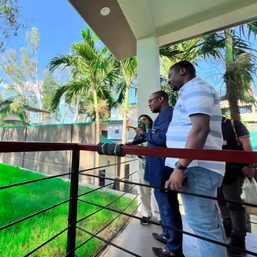
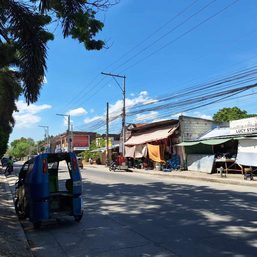

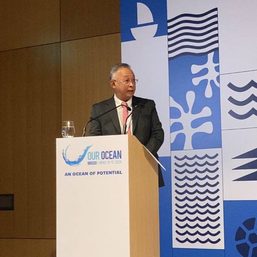
![[Newspoint] The lucky one](https://www.rappler.com/tachyon/2024/04/lucky-one-april-18-2024.jpg?resize=257%2C257&crop=536px%2C0px%2C1080px%2C1080px)
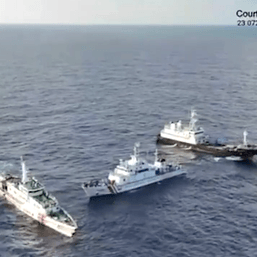

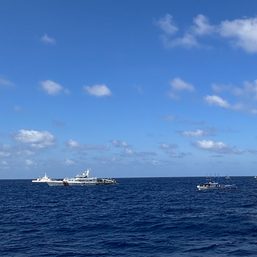

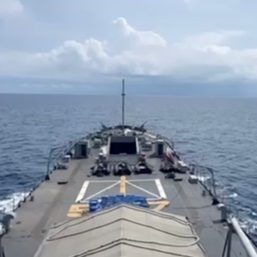
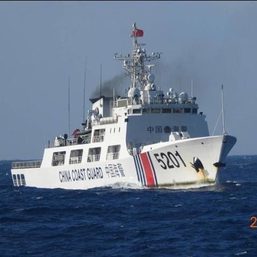



There are no comments yet. Add your comment to start the conversation.